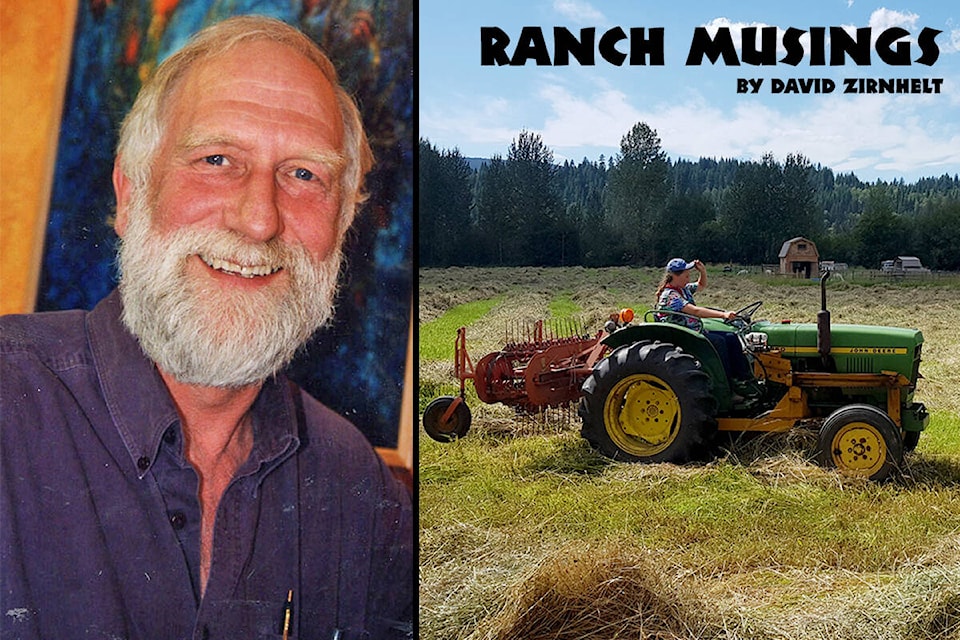This week I am immersed in changing seasons—into winter—on the land and virtually through on-line meetings about the impact of climate variations on agriculture near us.
There appears to be huge gaps in what the scientists are telling us is happening and what we know about what to do about it in our farming and ranching operations.
So we know we may be in for more drought in western Canada and the U.S. West.
What do we do on the land and in our marketing to survive or thrive?
This is not a dead or dying horse I am beating on (I don’t really like this metaphor, but it is an old one, much used) but rather an uncomfortable situation that is very much with us.
I have just spent the better part of a week moving our pasture management where the cows are eating stockpiled grass (grown and left ungrazed until now) with a protein supplement to aid in digesting the course ( mature) grass to full feed of summer harvested hay.
Any time a cow is feeding itself money saved in avoided cost of hay production. It is said “don’t put machinery in between standing forage and the cow’s mouth.”
We had a significant drought and heat dome for a short while in the summer, but that cut our hay production by about 20 percent.
Facing this what do we plant or add to our fields to better respond to climatic variations?
One strategy is to manage pastures so there is always something left to grow.
Ungrazed pastures kept for early winter is worth hundreds of dollars a day in savings if we have to buy hay to make up for what didn’t grow in the hayfields.
We were set to turn cattle into these “stockpiled” pastures, when our cows were kicking up a tremendous fuss.
They are usually put on hay just before Christmas. Not this year.
We did not factor in the fact that a neighbour was going to feed his cows across (a small distance) from ours.
Of course, our cattle then wanted hay too. They are not stupid!
I had just read an article about extending the grazing season and cows’ behavior. If they have any memory of being fed earlier or they hear the noise of a feeding tractor they will bellow, and bellow and on and on…
Cattle will find a way through a fence to find where this feeding is going on.
We couldn’t move our cows away from the neighbours’ feeding (they have every right to feed when and where they want on their own place; we were caught off guard!) because we hadn’t been able to clean up and repair the fences that were flooded in recent years.
Those fences would have kept our cows separated by considerable distance and left to eat with their own digestion/nutrition aided by supplements.
This is next year country. It has been said that all ranches are in “next year country” meaning if we didn’t do something this year, well, there is always next year!
Good intentions, if persisted upon, can eventually yield the desired result. But one better not give up faced with a little failure once in a while.
I was feeling pretty bad about the situation.
Now I have talked myself into the traditional optimistic viewpoint about the future.
This week has been a week of workshops as I alluded to at the beginning of this article.
I hope I can come out of it with a renewed vision of how to manage for the weather/climate variability.
Do you have a comment about this story? email:
editor@wltribune.com
Like us on Facebook and follow us on Twitter.
